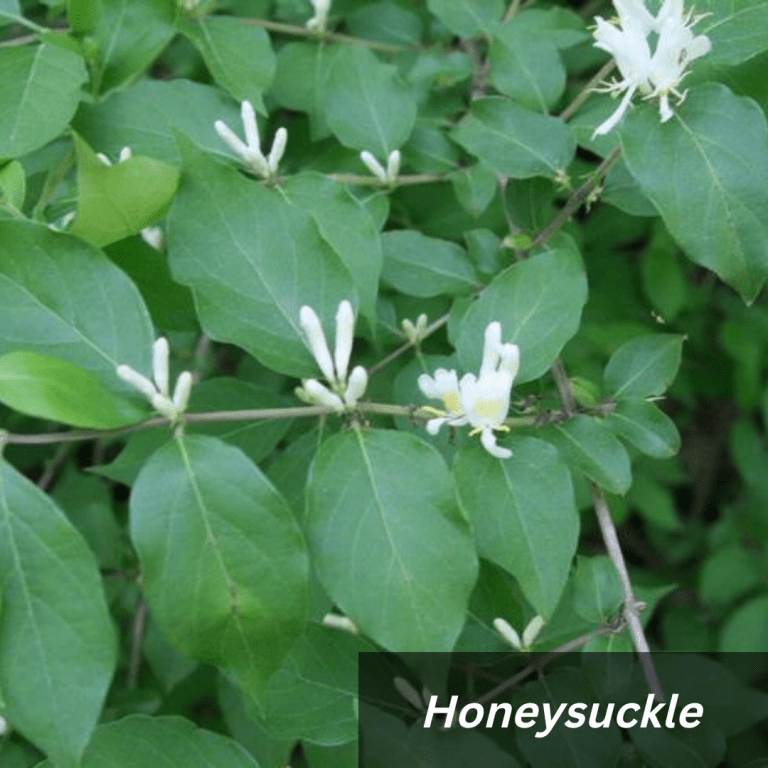Have you noticed over the last week or more throughout the Midwest the forest understory is turning green? According to the calendar, spring is officially here but sadly most of the green you are seeing right now is non-native, invasive, Amur Honeysuckle. All year long Honeysuckle makes it difficult if not impossible for native plants to access sunshine and resources, especially beautiful native spring ephemeral wildflowers.
Honeysuckle rapidly invades and overtakes a site, shades and crowds out native species, and alters habitats by depleting soil moisture and nutrients. This ripple effect throughout the ecosystem alters and eliminates native plant growth and all the other animals that rely on them. But did you know it’s also sucking the life out of our water?
Ecosystem Connections
Everything is connected. Not only has this plant caused massive damage to the landscape but because what happens on land directly impacts the watershed, the negative effects of invasive species like honeysuckle also extend to the water quality throughout the Ohio River Watershed. Along with issues like rural and urban runoff, agricultural activities, and abandoned mine drainage, soil erosion is one of the leading causes of pollution in our watershed.Honeysuckle competes with important native species that should be growing in riparian zones (lands that occur around the edges of rivers, streams, lakes, and other water bodies) along waterways. Without a healthy native riparian zone, pollutants can more easily run into our water and the lack of native vegetation causes serious streambank erosion which leads to increased sedimentation in our waterways.
But there’s another problem caused by honeysuckle: chemicals in the leaves and berries of Amur Honeysuckle are toxic. These chemicals give honeysuckle an incredible advantage over other plants by inhibiting the growth of any kind of competition. These toxins can also be lethal to aquatic animals like amphibians, insects, etc. When leaves make their way into the waterways, as they do in massive quantities in the fall and winter, important insects living in the water can be negatively impacted causing issues across the aquatic food web. Without healthy aquatic insects waterways can quickly become imbalanced and unhealthy. Honeysuckle and other invasive species have far-reaching effects on the land and water we rely on.
How can you help?
Join us in working to eliminate invasive species in our watershed! Ohio River Foundation is actively managing the removal of invasive species on over 40 acres of land in the Greater Cincinnati area as well as planting over 15,000 native species along streambanks in 2024. You can remove invasive species on your property or join us in volunteering to restore habitat throughout the Ohio River Watershed. Learn more about the work we do to protect and restore our precious water resources. Sign up for one of our upcoming Habitat Restoration Community Volunteer Days.
Sources:
https://ecommons.udayton.edu/cgi/viewcontent.cgi?article=1095&context=uhp_theses

